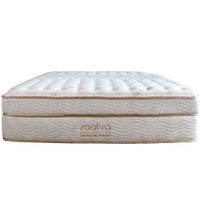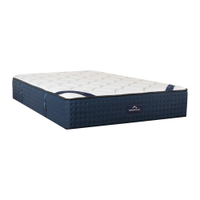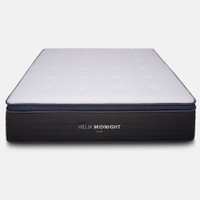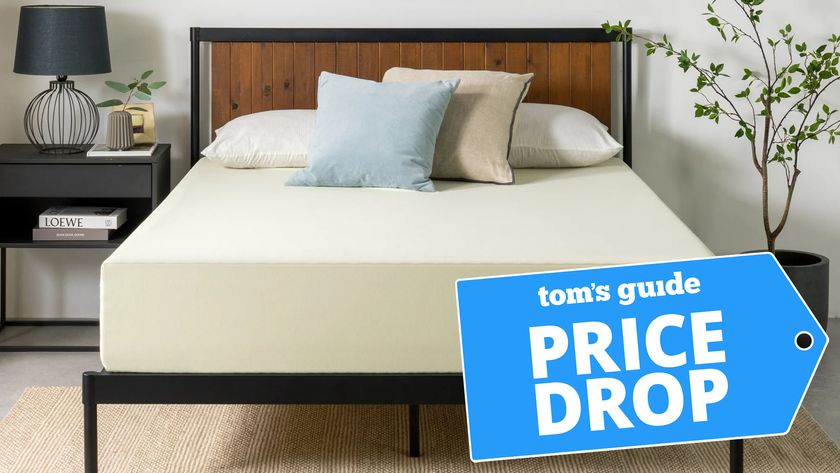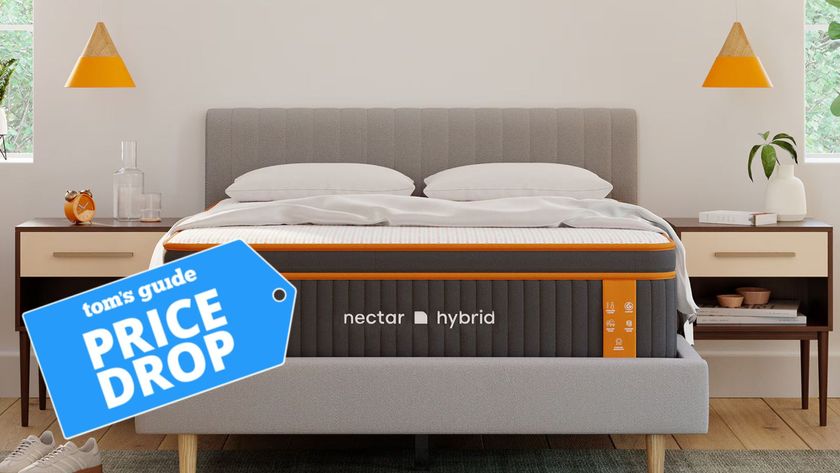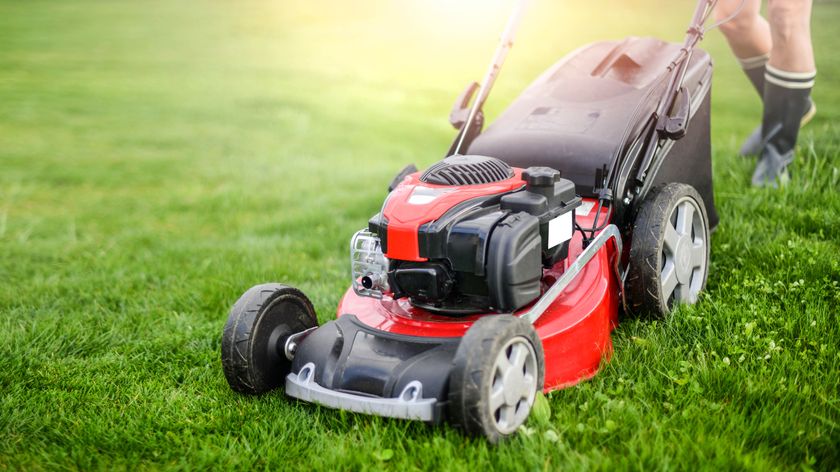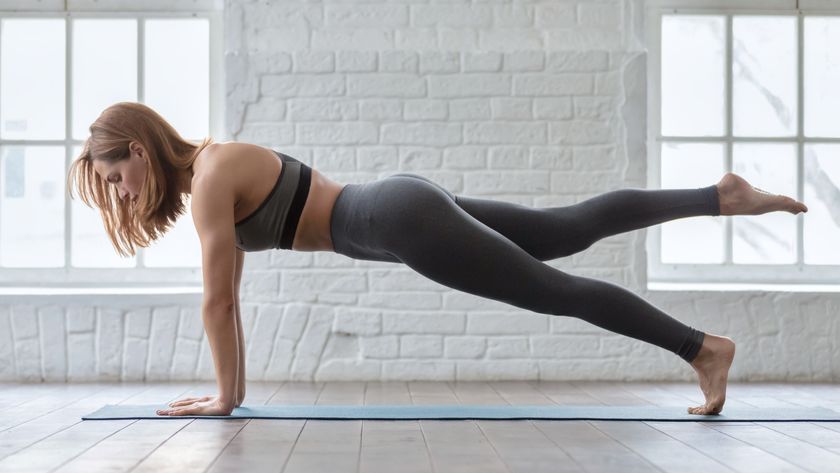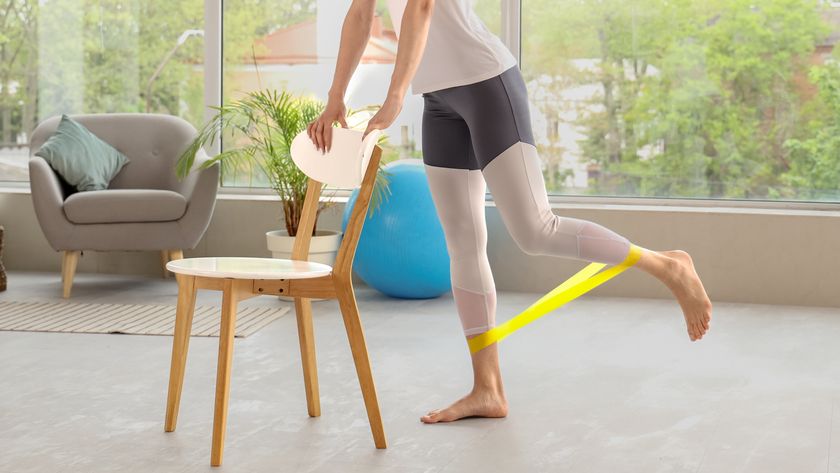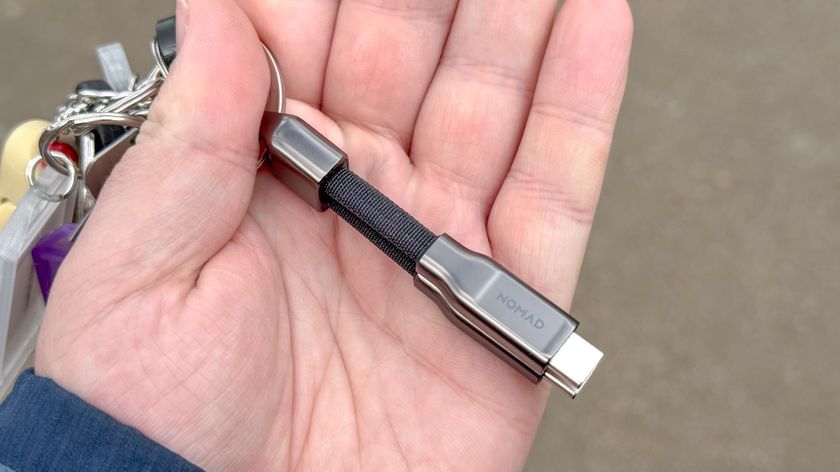What to expect if you're switching from a memory foam mattress to a hybrid
Switching from a sink-in memory foam to a bouncy bed can come as a surprise
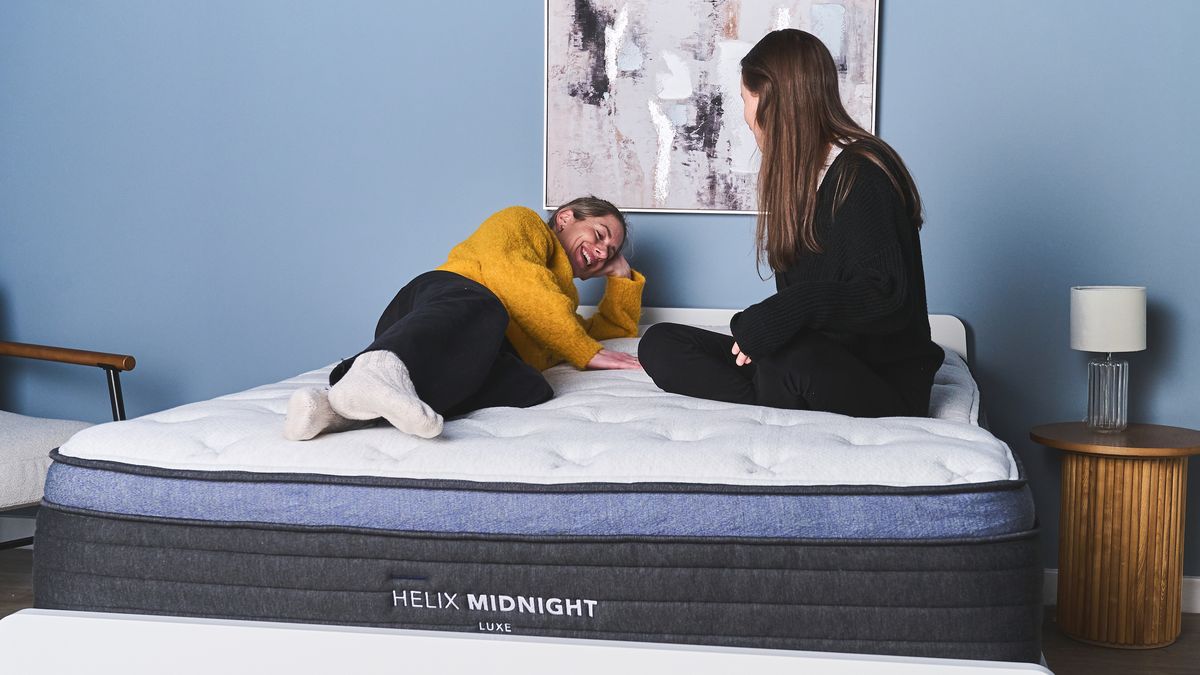
If you're looking for a cooler bed with a bit of bounce, you might consider switching a memory foam mattress for a hybrid. Hybrid mattresses combine coils with layers of foam, and if you're used to sleeping on a memory foam mattress, a hybrid can come as a surprise.
There are multiple hybrid beds in our best mattress guides, and they're great for hot sleepers and those with back pain. But they can also be unexpectedly bouncy, and if you drift off in a foam bed 'hug', it can seem strange to lie on top of a firmer hybrid.
If you're looking to switch from a memory foam to a hybrid, mattress sales can help you find a new hybrid for less. And this guide can prepare for the feel of your new hybrid mattress. Let's get started...
What is a memory foam mattress?
A memory foam mattress is an all-foam bed that features a top layer (or layers) of contouring memory foam. The best memory foam mattresses gently hug the body, offering excellent pressure relief while cushioning the joints. You might benefit from sleeping on a memory foam mattress if you want a bed with a sink-in feel or better motion isolation.
Memory foam mattresses have become hugely popular, and most people associate them with an embracing, 'sink' feel. Softer memory foams can be divisive – some people don't like to be held by the bed – but the slow movement makes them great for couples, as you shouldn't feel your partner toss and turn.

What is a hybrid mattress?
A hybrid mattress combines layers of coils with layers of foam. A hybrid is somewhere between a classic innerspring mattress and an all-foam bed, providing some bounce but also offering contoured pressure relief. The best hybrid mattresses suit a range of sleep styles, although they're typically more expensive than all-foam beds.
The balance of coils and foam layers will effect how a hybrid feels. Hybrids with more coils are typically bouncier and easier to move on, while hybrids with a thicker foam layer tend to move slower and have more contouring. You might benefit from sleeping on a hybrid bed if you like to move during the night or sleep hot.
Sign up to get the BEST of Tom's Guide direct to your inbox.
Get instant access to breaking news, the hottest reviews, great deals and helpful tips.
What to expect when you switch from a memory foam to a hybrid mattress
1. It's going to be bouncier
Hybrid mattresses feature a layer of coils that sits beneath top layers of foam. These coils give the bed a bit of bounce. Typically, hybrids nowadays use pocket coils that are individually wrapped so when one coil bounces, it doesn't set the rest of them moving.
This bouncy feel has advantages and disadvantages. As a benefit, it's easier to move on a hybrid bed. This is good for combination sleepers who like to move around in the night, or those with limited mobility who might struggle to get out of a foam mattress.

As a downside, bouncy hybrid beds aren't always great for couples (especially if you share with a wiggler). If your new hybrid seems extra bouncy, a thick mattress topper can add an extra foam layer to reduce motion transfer.
2. You won't sink into the bed
Memory foam is known for its 'embracing' properties – when you push into memory foam, it contours to your body and holds the shape. The level of sink varies between beds and brands, with softer mattresses offering a quicksand feel and firmer beds having limited sink.
Hybrid mattresses don't have the same thick layers of foam as a memory foam bed, which means you won't get the same contouring. If you're used to a bed with a 'hug', it can take a while to adjust to a hybrid. Alternatively, look for a plush pillow-top mattress. It won't have the same sink, but you can enjoy some soft cushioning.
3. You should feel cooler overnight
if you're used to kicking off your covers during the night or sleeping with just a light blanket, you might find yourself getting a little chilly on a hybrid mattress. Hybrid mattresses have a naturally breathable build, as the open coils leave plenty of room for warm air to circulate and cool – many of the best cooling mattresses are hybrids.

This is a good thing. Our body naturally cools when we're getting sleepy, which is why we recommend turning the heating down before going to bed. If you're too warm, you might struggle to drift off. But if you're switching to a hybrid from a memory foam, you might be surprised by the cooler temperatures overnight.
Our 3 favorite hybrid mattresses
1. Saatva Classic mattress: was from $1,186 now $1,395 at Saatva
The Saatva Classic is a hybrid innerspring with a traditional feel. In our Saatva Classic mattress review we found this high-quality mattress offers exceptional comfort and temperature regulation – it's our current favorite bed. The 15% off sale isn't the biggest deal we've seen recently from Saatva lately, but it's close. A queen is now $1,781, down from $2,095.
2. DreamCloud Hybrid Mattress: was from $839 now $449 at DreamCloud
In our DreamCloud Hybrid Mattress review we found this bed provides a luxury feel at an affordable price tag with a build that's best for back and stomach sleepers. This DreamCloud sale has been live for a while now, offering a generous discount on your mattress. A queen for $665 (was $1,332) is an excellent price for the quality.
3. Helix Midnight Luxe mattress: was from $1,373.80 now $1,099 at Helix
Hybrid mattresses tend to be firmer than all-foam beds, but the Helix Midnight Luxe is plush and deeply cushioned. We found it be one of the best mattresses for side sleepers in our Helix Midnight Luxe mattress review, providing exceptional pressure relief. There's 20% off at Helix right now, plus free pillows, reducing a queen to $1,899 (was $2,373.80). This is a standard deal from Helix, but it's still a good offer.

Ruth is a staff writer at Tom’s Guide, covering all things mattress and sleep. She has a deep interest in the link between sleep and health, and has tried enough mattresses to know the right bed really can make a difference to your wellbeing. At Tom’s Guide she writes to help people sleep better, from how-tos to the latest deals to mattress reviews, and has interviewed an array of specialists who share her passion. Before joining the team at Tom’s Guide, Ruth worked as a sleep and mattress writer for our sister website, TechRadar.
